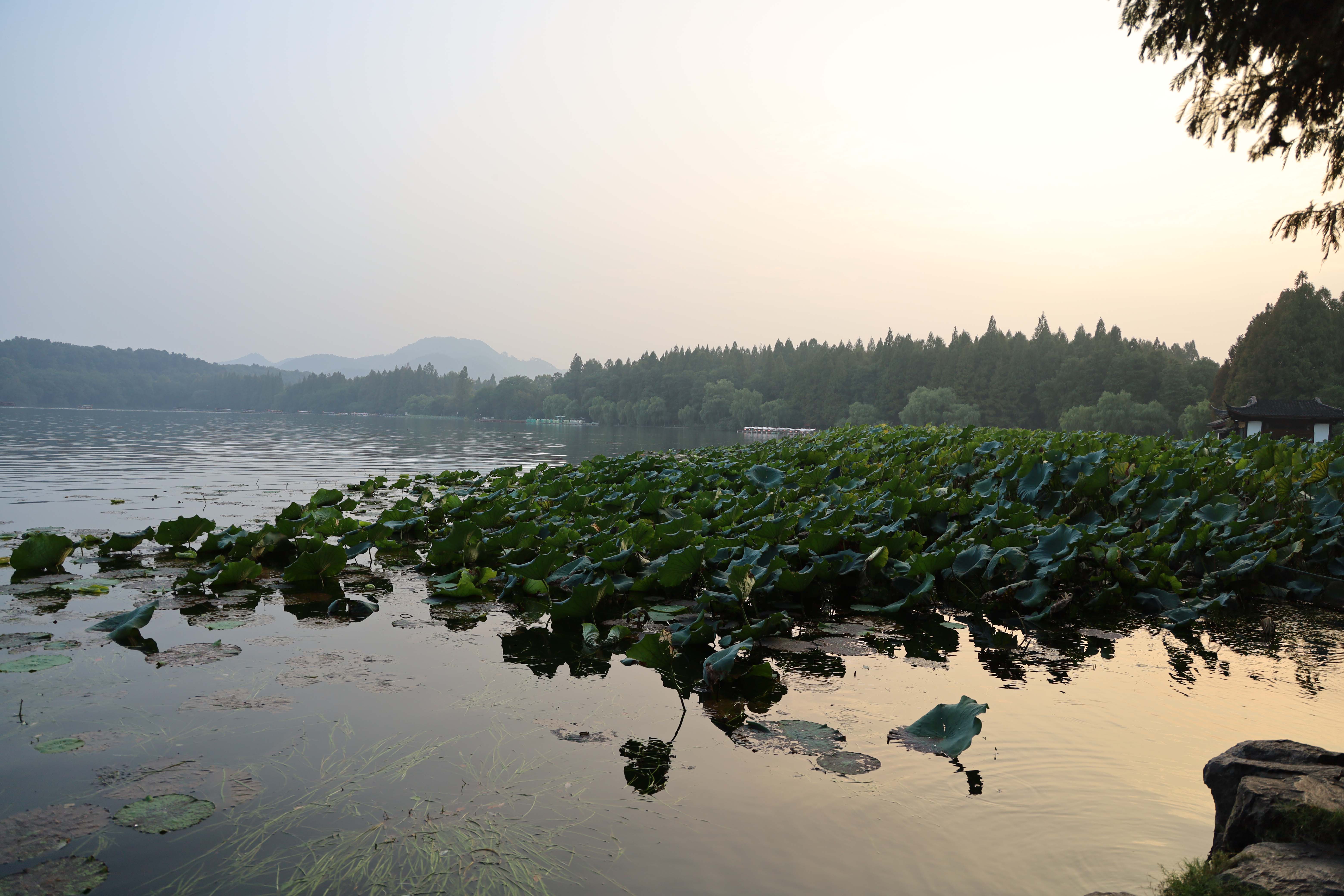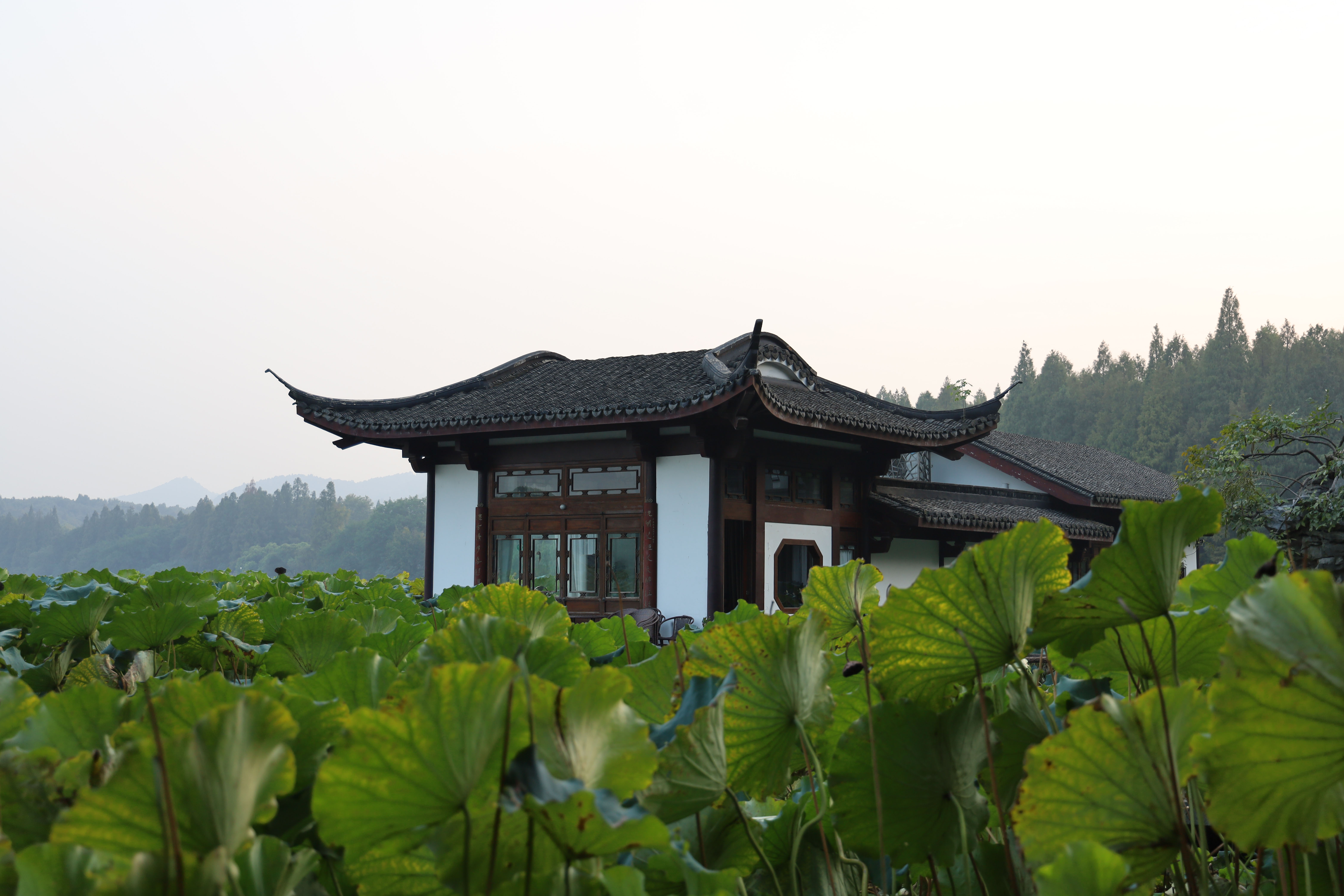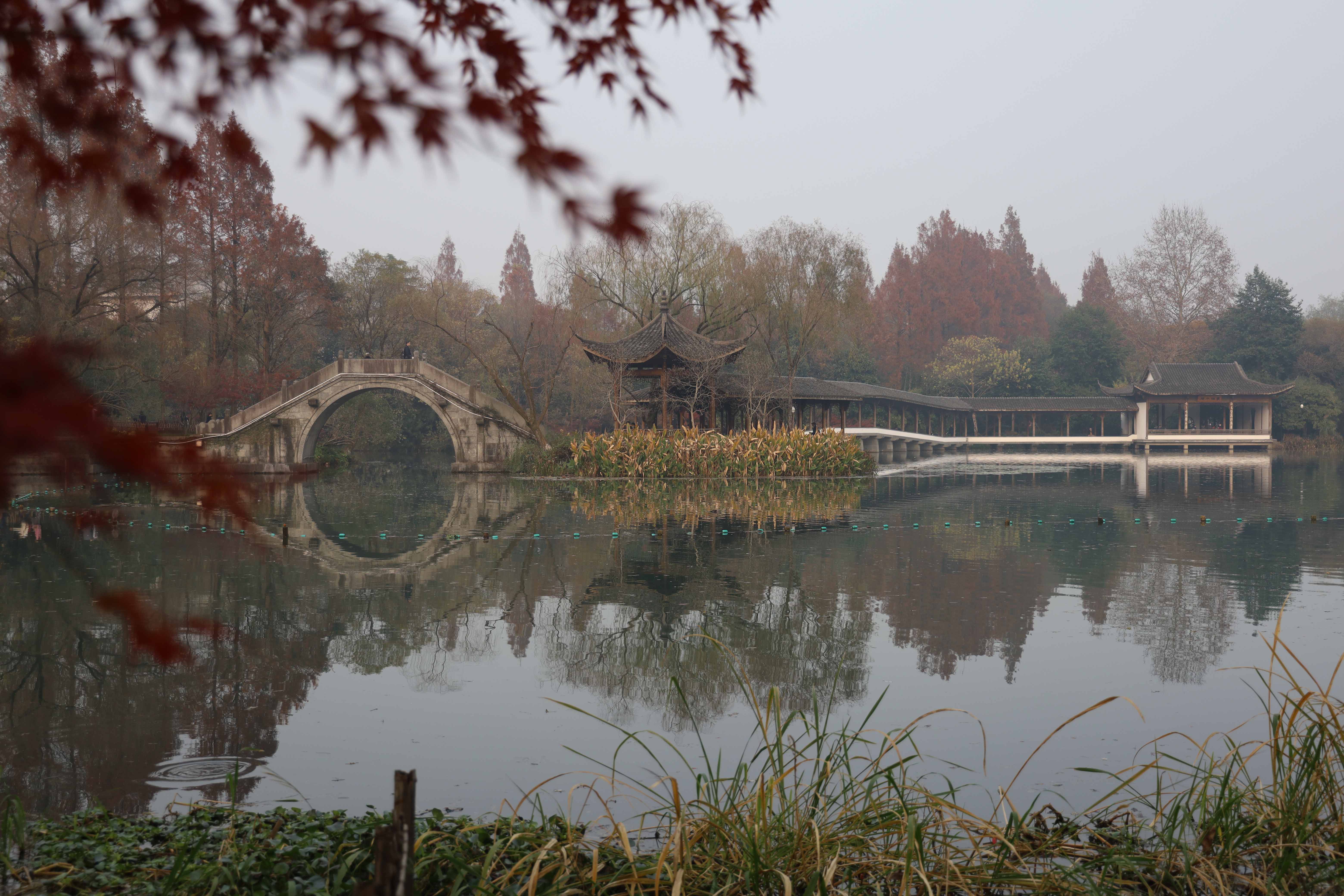School of Materials Science and Engineering, Zhejiang University
Conference Chair
Jian-Zhong Jiang

Dierk Raabe
Max Planck Institut
Dierk Raabe works in the fields of materials simulation, atom probe tomography, microstructures and the resulting mechanical properties of metallic alloys. He wrote and edited several books on this topic, e.g. ‘Computational Materials Science’ (1998), Continuum Scale Simulation of Engineering Materials’ (2005), and ‘Crystal Plasticity FEM in Materials Science and Engineering’ (2010) as well as more than 600 peer reviewed publications. Raabe conducts detailed comparisons between simulation and experiments. He is currently working on issues such as local thermodynamic phase states at confined spaces such as at lattice defects, alloy design, high-entropy alloys, atom probe tomography and the further development of the in-house simulation toolbox DAMASK on crystal mechanics, multiphysics and property prediction of complex materials. A special feature of the research approach is the combination of thermomechanical material processing, simulation and characterization at the atomic level. The common vision of these activities is the use of predictive simulations and their consequent engineering application for inventing advanced alloys. The aim is the physically-based design of materials with superior properties (strength, elongation, damage tolerance) for the fields of energy, mobility and health from the atomic to the macro-scale under consideration of synthesis and processing. The blend of theory, characterization, and processing is important in his approach. Raabe is a frequent plenary and keynote speaker. In 2004 he received the highest German research award (Leibniz-Award). 2008 he was awarded Lee Hsun Lecture Award of the Chinese Academy of Sciences and in 2011 the Weinberg Lecture Award of the University of British Columbia. In 2012 he received an ERC advanced grant, which is the largest single-researcher grant in Europe. Raabe mentored more than 55 Ph.D.s, many of whom now hold leading positions in companies and academia as faculty members in the US, UK, and Asia. Since 2010 he is a member of the German Council of Science and Humanities (Wissenschaftsrat). He is Professor at RWTH Aachen, member of the National Academy Leopoldina and Honorary Professor at the Katholieke Universiteit in Leuven in Belgien.
https://www.mpie.de/person/43164/2763408
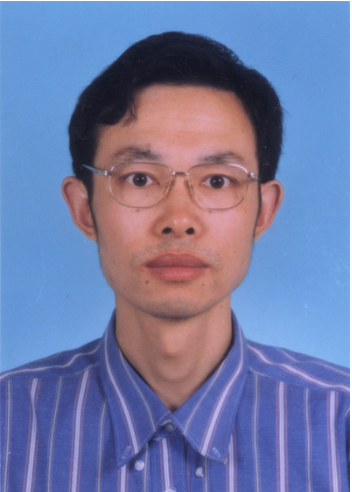
Wei-Hua Wang
Institute of Physics, Chinese Academy of Sciences
Prof. Wei-Hua Wang is mainly engaged in amorphous physics, the preparation, structure and physical properties of new amorphous and nanomaterials and other sub-stable materials under extreme conditions such as high pressure, low temperature and microgravity. He has made systematic and innovative results on amorphous formation mechanism, new material development and deformation mechanism. New ideas and methods for studying amorphous formation, structure and properties from an elastic point of view have been proposed, elastic modulus criteria for synthesising amorphous materials and regulating amorphous properties have been established, the kinetic and structural characteristics of deformation and fracture of amorphous materials have been revealed, a series of high-performance amorphous materials have been developed, and their microstructure and physical properties have been systematically studied. A number of preparation and research methods with their own characteristics have been established. Among them, the work on new cerium-based amorphous materials was named as one of the top 10 advances in basic research in China in 2005. The work on the synthesis of room temperature superplastic amorphous alloys was named as one of the top 10 advances in basic research in China in 2007. In recent years, he has published more than 300 SCI papers in international journals such as Science, Nature, Nature Mater, Phys. Rev. Lett, Advanced Mater, Phys. Rev. B, Appl. Phys. Lett. etc. He has been invited 12 times to write long review articles for international journals. He has given more than 70 invited presentations at international academic conferences in his field. He was awarded the Second Prize of National Science and Technology Progress in 1999, the Second Prize of Natural Science Award of CAS in 1999 and the Second Prize of National Invention in 2000 as the main winner. In 2001, the research group was awarded the title of "Advanced Group for Shenzhou-2 Application Mission" by the General Department of Space Science and Applications of CAS. He was awarded the Zhou Peiyuan Physics Prize in 2009, the Second Prize of National Natural Science in 2010, the Distinguished Scientist Award by the International Conference on Sub-stable Materials in 2017, and the Second Prize of National Natural Science in 2019.
http://www.iop.cas.cn/rcjy/yszj/?id=508
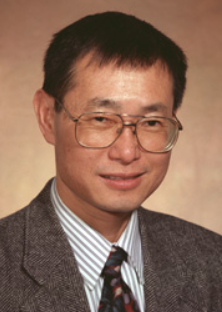
Peter Liaw
University of Tennessee
https://mse.utk.edu/people/peter-k-liaw/
Prof. Robert Maass
Department of Materials Science and Engineering, University of Illinois at Urbana-Champaign, Urbana, IL 61801, USA
Federal Institute of Materials Research and Testing (BAM), Unter den Eichen 87, 12205 Berlin, Germany
Prof. Hyoung Seop Kim
Department of Materials Science and Engineering, Pohang University of Science and Technology (POSTECH), Korea
Prof. Yong Zhang
University of Science and Technology Beijing (USTB), China
Prof. Yuan Wu
University of Science and Technology Beijing (USTB), China
Prof. Yi Li
Shenyang National Laboratory for Materials Science, Institute of Metal Research, Chinese Academy of Sciences, Shenyang, China
Prof. Wei Zhang
School of Materials Science and Engineering, Dalian University of Technology, Dalian, China
Prof. Shuang Zhang
School of Materials Science and Engineering, Dalian University of Technology, Dalian, China
Prof. Yiping Lu
School of Materials Science and Engineering, Dalian University of Technology, Dalian, China
Prof. Haofei Zhou
Center for X-Mechanics, Department of Engineering Mechanics, Zhejiang University, Hangzhou, China
Prof. Jiangwei Wang
Center of Electron Microscopy and State Key Laboratory of Silicon Materials, School of Materials Science and Engineering, Zhejiang University, Hangzhou, China
Dr. Qingqing Ding
Center of Electron Microscopy and State Key Laboratory of Silicon Materials, School of Materials Science and Engineering, Zhejiang University, Hangzhou, China
Prof. Yong Yang
Department of Mechanical Engineering, City University of Hong Kong, Kowloon, Hong Kong SAR, China
Prof. Tao Yang
Department of Mechanical Engineering, City University of Hong Kong, Kowloon, Hong Kong SAR, China
Dr. Shaolou Wei
Department of Materials Science and Engineering, Massachusetts Institute of Technology, Cambridge, MA, USA
Prof. Yonghao Zhao
Nano and Heterogeneous Materials Center, School of Materials Science and Engineering, Nanjing University of Science and Technology, Nanjing, China
Prof. Hao Zhang
Department of Chemical and Materials Engineering, University of Alberta, Edmonton, AB, Canada
Dr. Cheng Zhang
University of California Irvine, USA
Prof. Andrea Di Cicco
Physics Division, School of Science and Technology, Università di Camerino, Italy
Dr. Emin Mijitia
Physics Division, School of Science and Technology, Università di Camerino, Italy
Dr. Qingping Cao
School of Materials Science and Engineering, Zhejiang University, Hangzhou, China
School of Materials Science and Engineering, Zhejiang University, Hangzhou, China
School of Materials Science and Engineering, Zhejiang University, Hangzhou, China
School of Materials Science and Engineering, Zhejiang University, Hangzhou, China


